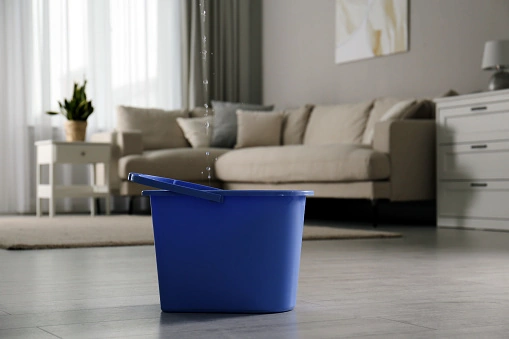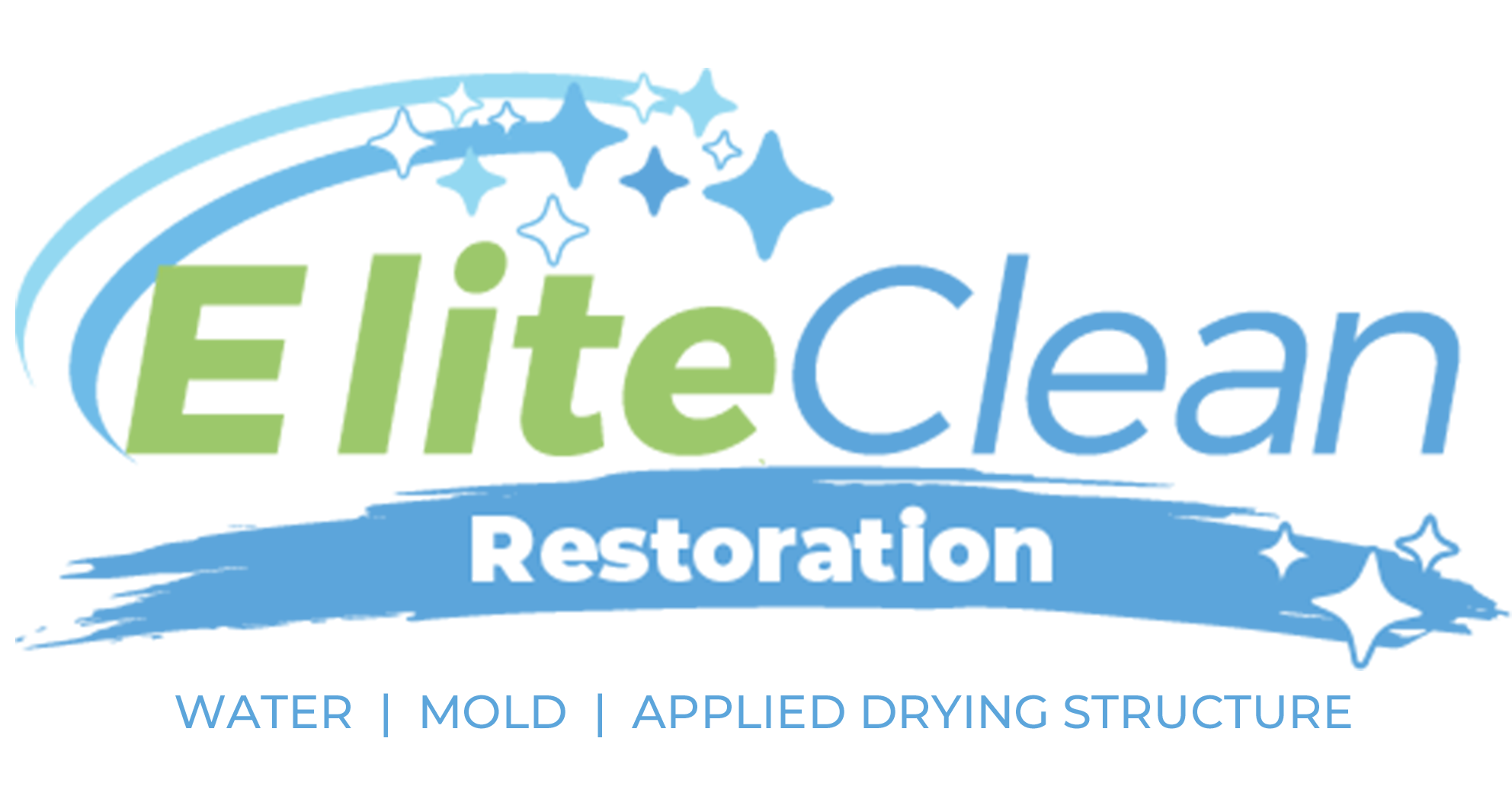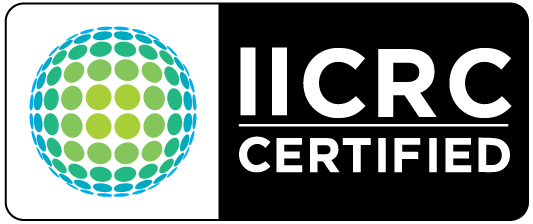Water damage in home is one of the most feared disasters among homeowners. Water damage can cause emotional distress as well as significant financial hardship, especially if left unattended.
When it comes to water damage, there is no time to waste; mold can form in as little as 36 hours, even from minor water damage.
However, by contacting a reputable water damage restoration company and following the practical steps outlined in this article, you can avoid the aftermath of water damage.
Important Steps to Take Following Water Damage in Your Home
Identify the problem’s source.
Your first and most important priority should be to locate the source of the leak. Flooding, broken or corroded pipes, and appliance malfunctions are the most common causes of water damage, and what appears to be a minor leak can quickly become a major issue.
If you are unable to locate the source of the leak, contact a professional to identify and repair the problem to prevent further damage to your home.
Call Your Insurance Company
The cost of homeowner’s insurance varies depending on the policies that have been agreed upon. However, most residential water damage repair costs are covered by insurance. If your insurance policy covers water damage, your insurance company will send an adjuster to inspect the damage and determine whether or not it is a covered loss.
List the damaged items and their values, and take as many photos as possible before, during, and after the remediation process to help the adjuster’s job and ensure you get reimbursed for repairs.
If you require the services of a professional restoration contractor, please call Elite Clean Restoration. We are experts with the resources to effectively remove standing water and repair leaking pipes, preventing major structural problems in your home.
Protect Yourself, Appliances, and Valuables
When it comes to disasters like water damage and flooding, safety is critical. Make certain that you and your family are safe. Life, unlike other things, cannot be restored, and the following are critical safety precautions to take following water damage.
Turn off the Power Supply
Water and electricity do not get along. However, if performing this step necessitates entering or standing in wet areas, consult a professional. Avoid returning to flooded or water-damaged areas without first turning off the power.
Wear Protective Gear
When you reenter your property, wear protective clothing such as rubber gloves and boots, goggles, or a face mask. This precautionary measure will protect you from injuries and health problems that could result from prolonged contact with bacteria-infested water.
Protect Your Valuables
To avoid carpet stains and wood damage, lift your wood furniture off the soaked carpets and wrap the feet in tin foil.
Similarly, all rugs on wet flooring should be removed. Standing water may be around knee level; you may need to dispose of items such as furniture to prevent mold growth and infestation.
Aside from furniture, unplug and relocate any movable appliances. After disconnecting from the outlet, keep installed appliances like washing machines’ plugs in a dry area.
Begin Water Damage Repair Immediately
Document the damage before you begin; this will help with future insurance claims. If the damage is too great for you and your family to handle, seek professional assistance as soon as possible.
If you want to do it yourself, a sump pump may be required to drain the water. The sump pump connects to a drain pipe, which transports the water outside.
Drying Out Water and Removing Humidity
Before drying out, make sure you get rid of anything that can’t be saved. Following water removal and hazardous item removal, the next step is to care for damp belongings.
If you can restore power, consider using the central air conditioning system to remove humidity. Floor fans, such as dehumidifiers and air movers, can also help with drying.

Identifying Mold
Mold growth and infestations are serious issues that arise as a result of water and flood damage.
It is critical to act quickly to prevent water damage once it has been discovered. Ignoring water damage for more than a week can have disastrous consequences.
While drying affected items and areas, take care not to spread mold spores. It is best to seek professional help with water damage restoration.
Professional mold remediation includes thorough drying and other steps that significantly reduce the spread of mold.
Begin Restoration
Most time is spent on repairing and restoring the effects of water damage. To prevent mold, mildew, and significant structural damage, the restoration process may include the removal of drywall, flooring, and insulation.
Depending on the severity of the damage, you may also need to clean, dry, or dispose of some items. A professional restoration company handles the aftermath of water damage, providing cleanup and inspection services as well as ensuring that repairs are done safely and thoroughly.
Most water damage restoration processes include:
- Flood Cleanup
- Sewage Cleanup
- Drying and removal of wet and contaminated items
- Mold detection and removal
- Structural repairs
Moving Back into Your Home
It’s time to move back into your home after your restoration or construction company, insurance company, or local government (in the case of a natural disaster) certifies that it’s safe, dry, and mold-free.
Keep in mind that responding quickly to water damage can help limit the damage it causes to your property.
What Are the Common Signs of Home Water Damage?
- Warped or loose baseboards may indicate water in the walls.
- Damp attic insulation often means a leaky roof.
- Soft spots in floors, especially kitchen floors,
- Laminated wood floors or tiles can warp or crack due to prolonged exposure to moisture.
- Ring-like ceiling stains resulting from loose roof shingles
Need a Reputable Water Damage Restoration Company? Elite Clean Restoration is One Call Away!
Though most homeowners take precautions to avoid water damage, you never know when it will occur. If you live in Indianapolis or the surrounding areas and require the services of a professional water damage restoration company, please call (463) 218-7483.
Aside from water damage restoration, we also provide a variety of residential and commercial services, such as structural drying and steam cleaning, as well as hazardous chemical cleanup. Please contact us today for a quote.

